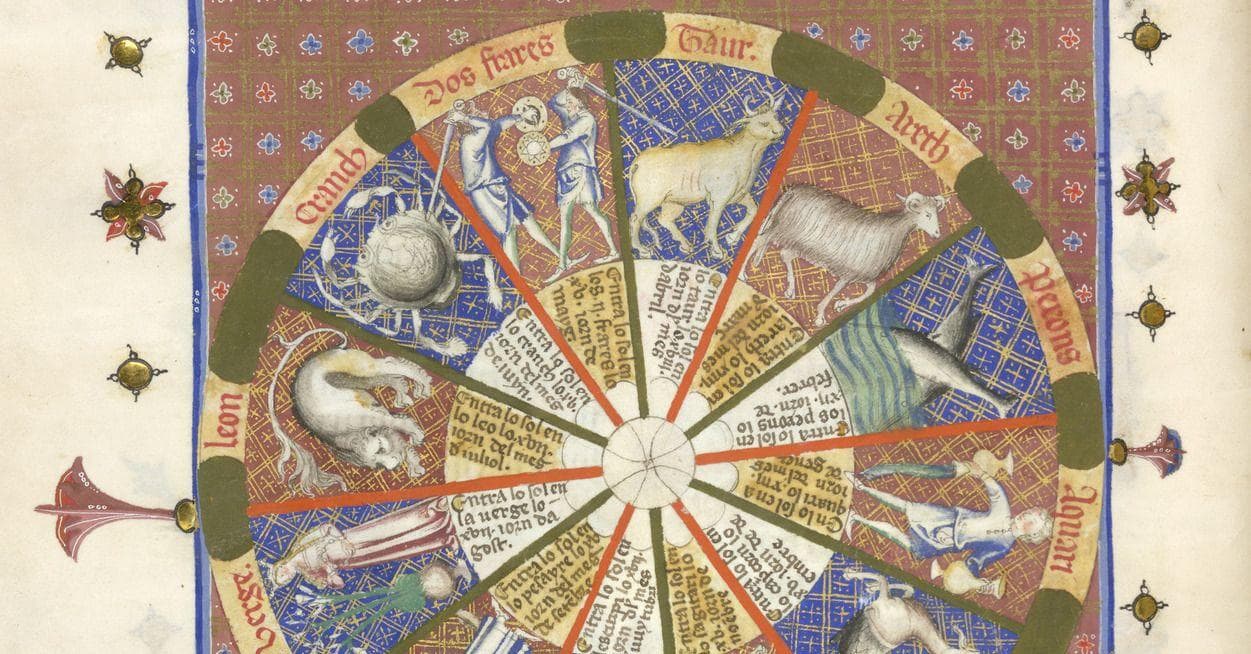The Ancient Origins and Mythological Foundations of Astrology
Astrology began in ancient Mesopotamia around 3000 BCE when Babylonians first observed celestial patterns and created the zodiac. Egyptians linked stars to gods and pharaohs, while Greeks developed horoscopes and connected zodiac signs to mythological figures like Hercules and Castor & Pollux. Romans spread astrology across their empire, making personal horoscopes popular. Islamic scholars preserved and advanced astrological knowledge during medieval times, later reintroducing it to Europe through universities.
A
Admin User·
Aug 20, 2025·4 min read

From Stargazing to Celestial Intelligence: A Time-Based Exposition
Astrology, the idea that cosmic bodies influence human affairs and earthly events has energized civilizations for thousands of years. Astrology, an ancient practice, stemmed from humanity's early efforts to make sense of the cosmos and to make sense of the patterns of stars and planets moving in the night sky.

The Birth of Astrological Thinking
Astrology has its ancestors in ancient Mesopotamia around 3000 BCE where the Babylonians were the first astronomers to observe celestial movements systematically. Early stargazers began to note that certain astronomical events were linked to earthly events, floods, harvest activities, changes in political or national venues, and so forth, this led to a belief that the heavens possessed prophetic power.

The Babylonians developed the first zodiac system based on the sky divided into twelve parts or astrological houses based on twelve constellations. The Babylonians' documentation of planetary positions and movements established the foundation of what would later be deemed Western astrology. The Babylonians viewed their planets as representations of their gods and messages about the fate and destiny of humans.
Contributions of Egyptians and Divine Connections
The ancient Egyptians incorporated astrology into the mythos of their grand mythology. Nearly every star and constellation was linked to their pantheon of gods and upon death, these pharaohs became one of those stars in the sky. The sky itself was represented by Nut, an Egyptian goddess who was shown as a woman covered in stars and who arched over the ground.

Egyptian astrologers put together star maps to show how to effectively plan for agricultural purposes through their knowledge of astronomy. For instance, for them, there was a direct link between the heliacal rise of Sirius and the flooding of the Nile River. Their system was largely focused upon the soul's journey through the celestial regions after its demise.
Greek Innovations and Philosophical Integration
The Greeks moved astrology from simply observing the sky, to a full, philosophical system. Philosophers in this realm, most notably Ptolemy in the 2nd century CE, formalized astrological relationships or principles still in use today. The Greeks applied the idea of the horoscope and worked out complex mathematics for how successive planets would relate to successful actions at certain times.

Greek mythology influenced their money and symbolism in much of their astrological interpretations. That is, the Greeks connected the twelve zodiac signs to legendary figures, Aries with the golden fleece, Gemini with Castor and Pollux, and Leo with the Nemean Lion that Hercules defeated. This symbolic and mythological relational aspect gave greater depth to the astrological interpretations.
Roman Expansion and Cultural Intermingling
Throughout the course of Roman expansion, all along the Mediterranean, astrology was introduced to areas of the world where it merged with various cultural influences. The emperors became very receptive to the consulting of court astrologers to help them with their important decisions, operating at the level of the elite. Romans also made personal horoscopy accessible to the common people; there was a diploma, which like a birth certificate, gave valuable information to the astrologer for their horoscopy.

During this same period, astrology underwent a blending process, or mixing process, with the emergence of mystery religions and the philosophies that made their imprint in the new society. This syncretic tradition, or intermingling of cultures, attempted to blend Greek rationalism with some form of Eastern mysticism.
Preservation through the Medieval
While most learning and scholarship were being disregarded in Europe, what had been the classical world, Islamic thinkers were carrying out and maIking notes of their scholarship in an apoplexy of revival. Scholars like, the brilliant Al-Kindi and Albumasar, were able to improve the mathematical techniques of astrology, while adding new terminology and new ideas that improved the practice throughout the Islamic world.

The Medieval European thinkers have always gratefully acknowledged Arabic thinkers when they translated and subsequently reintroduced astrology to the West. Although these universities were teaching astrology along with astronomy, they considered them equally valid descriptions of divine will and natural events.
Long-Lasting Legacy
Today's astrology contains the DNA of these ancient cultures, with the mythological stories and symbolic systems having developed thousands of years ago. Astrology, whether considered spiritual guidance or cultural artifact, showcases humanity's unalterable desire to find a link between life on earth and the vast universe above.
..jpg)